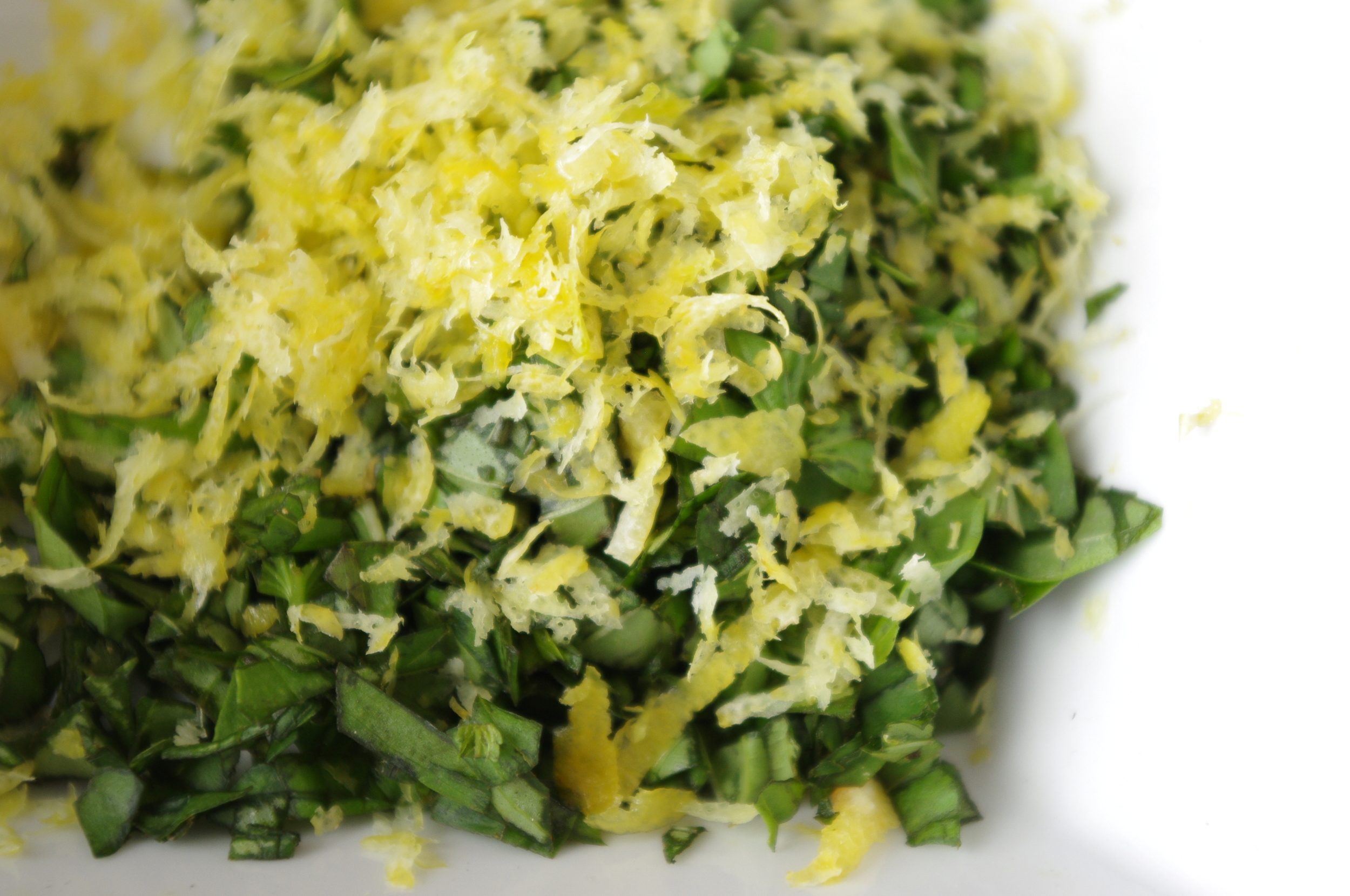Ingredients:
1 3/4 Cup whole wheat flour*
1 3/4 Cup all-purpose flour
1 Tbs baking powder
1/4 Tsp baking Soda
1/2 Tsp kosher or sea salt
1/2 Cup sugar
3 Cups grated zucchini or zephyr squash
3 Local farm-fresh eggs
1/2 Cup cold-pressed unsweetened coconut milk (can substitute apple sauce, melted butter, sour cream or yogurt)
1/2 Cup local raw honey
Zest of one lemon (using a micro plane or fine grater)
2-3 Tbs finely chopped fresh basil leaves (do not substitute dried basil)
(Alternative: Try using zest of one orange and 2-3 Tbs chopped fresh rosemary instead of the lemon and basil)
Method:
Preheat oven to 350 degrees. Grease two loaf pans, either with oil spray, butter or shortening.
Mix dry ingredients in a large bowl. In a separate bowl, mix the eggs, coconut milk and honey, then pour onto the dry ingredients. Add the grated zucchini, lemon zest, and chopped basil. Mix until all ingredients are combined evenly. Pour into the prepared pans and bake for 50 - 60 minutes, or until the tops have split and the loaves spring back to the touch. You can also insert a bamboo skewer into the center. It will come out clean when it is fully cooked.
*If you like the bread to be more dense and spongy, reduce the whole wheat flour by 1/4 cup, or add an egg and a little more grated zucchini to add moisture to the batter.
Remove the zucchini bread from the loaf pans after 5 minutes, then let rest for at least 1 hour on a cooling rack before slicing.








